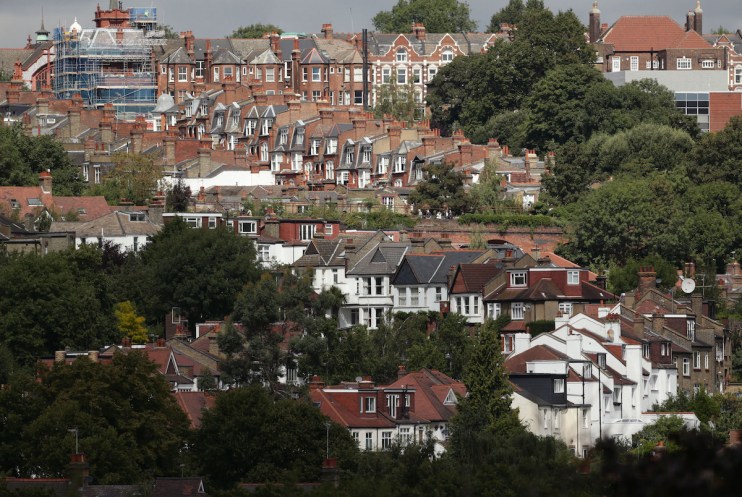Arrears continue to rise as higher rates pour pain onto borrowers

Arrears continued rising in the second quarter as customers struggled with soaring repayment costs, new data shows.
According to figures from industry body UK Finance, there were 81,900 homeowner mortgages in arrears of more than 2.5 per cent in the second quarter, seven per cent more than the previous quarter.
Within this, 30,940 mortgages were in the lightest arrears band – between 2.5 and 5.0 per cent of the outstanding balance.
Rising interest rates have heaped pain onto borrowers, many of whom are having to refinance fixed-rate deals agreed when interest rates were near zero.
By the end of 2026, the Bank of England estimates that around 1m families will be paying at least an additional £500 a month to service their mortgage, amounting to a £6,000 annual increase.
A UK Finance spokesperson said: “Although any rise in arrears can be worrying, overall numbers remain low with less than one per cent of homeowners… behind on their payments”.
Lenders have also been preparing for an increase in arrears, with a range of forebearance measures available under the Mortgage Charter agreed with the Chancellor earlier this year.
Despite the rise in arrears, the number of repossessions fell 19 per cent compared to the quarter before.
The spokesperson noted that repossessions remain “close to historic lows” but warned that they are “expected to continue to rise”.
However, the outlook was worse for buy-to-let landlords. The number of these mortgages in arrears of more than 2.5 per cent increased 28 per cent compared to the quarter before.
Buy-to-let landlords are facing grim prospects with both rising costs and the possibility of tighter regulation. A recent report from Capital Economics reckoned that around a fifth of buy-to-let landlords looking to refinance their mortgage could face costs higher than their rental income, forcing them to sell properties.
Some 440 buy-to-let properties were taken into possession in the second quarter, seven per cent more than last quarter.